Wondering and Writing
Hottest Commodity on Earth
I asked a group of high school students what school was preparing them for and their answers varied from the deeply cynical, "success" to the question marked "college?" Not one said work.
When I asked what they were going to do after high school, shoulders shrugged and a jumble of thoughts carried through the room, "College? Move out? Uh, get a job?"
When I asked what kind of job, again, shrugs and question marks. And then I asked, "What do you think the hottest commodity on earth is?" Again, blank stares and then the brave soul, "What's a commodity?"
You, I answered. You are the hottest commodity on earth. Not gold, not processors, not lumber, and not corn. You, humans, you are the hottest commodity on earth, and every hiring organization needs you.
Work, job, career, workforce, careerforce, entrepreneur, business owner, manager, tradesperson, vocation, we need to be clear with our future that we are, indeed, preparing them to work. As long as they buy into the mythical money, they will make a transaction, a barter, a trade for it. The difference now, at the heart of technologically driven change, is the intersection of baby boomers retiring at a remarkable 10,000 per day until 2029. Leaving us now with .6 qualified workers per job opening in Southeast Minnesota.
It is a job seekers market in a market that is changing faster than our systems can adapt. Tom Fisher, University of Minnesota professor and Director of the Minnesota Design Center, presented the future of work at a Southeast Minnesota Together Summit. He says, "Jobs will be replaced, but work continues. What is the work that needs to be doing, and how do we figure out entrepreneurially to do that work?"
“Profit isn’t a purpose, it’s a result. To have purpose means the things we do are of real value to others.”
How do we change our education system to transparently prepare our future for work? I am all for standardized assessments if we can make sure we are assessing the right skills: Leadership, adaptability, creative thinking, problem solving, autonomy, enthusiasm, and self reflection. How do we train our managers to be mentors, gurus, and guides? How do we shift organizations from top down to project-based or flat organizations that promote leadership at every position? How do we encourage communities to develop systems that are adaptable and accessible? How do we help people see that showing up to work is a gift of time and talent and that paying for that is an investment? Simon Sinek says, "Profit isn't a purpose, it's a result. To have purpose means the things we do are of real value to others."
Photo by Mario Purisic on Unsplash
It isn't enough to design a great product and manage customer service through damage control on social media outlets. A company's first customer base is its employees. Tony Hsieh in Delivering Happiness says, "Your personal core values define who you are, and a company's core values ultimately define the company's character and brand. For individuals, character is destiny. For organizations, culture is destiny.” Ultimately, the companies who will weather this workforce storm are the ones who are willing to assess their company through the eyes of their employees, be proactive to opportunities, and build a culture that is clear, consistent, and builds community. These organizations will have strategy and action that aligns to vision, mission, and values, and will onboard for culture and skills.
An engaged and committed workforce is a business strategy, not a corrective action, not a nice-to-have, and not fluffy. Engaged people increase the bottom line because they want to do their best work, they believe in the vision, and consistently deliver on it. They are in alignment with their strengths, skills, and passion. There are so many ways to invest in meaningful ways, and your people will tell you. It is as simple as asking what Mary Oliver asks of us, "What will you do with your one wild and precious life" today? Tomorrow? and the following tomorrows? Or if that seems a bit big, then consider, "Are you working to your potential? Are their strengths and skillsets you would like to use more often? Do you feel supported and challenged? Have you taken time to reflect on your next best step? Ask to listen. Ask to act. Ask to engage the hottest commodity on earth.
Want to talk more about culture and how to become an employer of choice? Contact me.
In motion
We are in constant motion. Blinking of eyes, twitching of nerves, shifting of muscles. We must move so we do not become stiff and stale.
In our professions it is no different. As we truly enter into a season in which it is a job seeker's market, it is important for hiring organizations to see the opportunity of being part of people's professional gain as fiscally more of a gain than capturing a person's talent.
People don't like to be captured.
People like to be valued and invested in.
Gallup reports a mere 33.3% of people who are engaged at work. What is happening with the other two thirds of staff? Gone are the days of transactional work. People do not owe any loyalty to a company, and it is actually up to the company to actively invest in their human capital in order to increase their bottom line.
Photo by Štefan Štefančík on Unsplash
2018 is on the horizon. As you set vision and strategy, what will you do to invest in your people's professional gains? How will you create momentum for people to perform to the best of their ability? How will you become an employer of choice, not because you have all the check list things that "millennials" want, but that you have asked and listened to what your employees need and put their words into action. Into motion.
I quote Simon Sinek over and over because it is true: People don't buy what you do, but why you do it. It is no different for your employees. You want them to build your company? You have to provide opportunities for them to build themselves.
Firefish
Gorgeous, unexpected, brilliant. This is the reaction to seeing a Firefish either in a tank or in the wild. It has variations of colors, but the fins are striking and the contrast like no other. Their temperaments are calm and inviting, which makes it a standout in the tank.
Who are the Firefish in your arena? Who are the people who are unexpected and brilliant? Who has the even temperament that will make for a solid leader? How are these Firefish being invested in, shown different pathways within your organizations, and encouraged to excel?
Sometimes our own processes can hamper us from seeing the vibrancy of a Firefish, and where else in the company they can not only thrive, but influence and be an agent of change.
Firefish from http://www.liveaquaria.com/
What's in it for me?
I recently was quoted in a story about Workforce. We are facing an unprecedented low unemployment rate nationwide, and yet today, Gallup reports a mere 32.9% of us actively engaged at work. In the article I talk about two questions a company has to be able to answer honestly and transparently for their future employees: What's in it for me? and What's in it for us?
What's in it for me?
This isn't a selfish question. This is about professional development, lifelong learning, and leadership. This is a question that gives the future employee the scope of their own path and advancement within or frankly, outside your organization. Don't be fooled, this isn't an entitled question, it is an honest one. As a culture, we blend our workday and our personal time together. People are looking for work/life integration, not because they are entitled, but because we continue to believe that our time and talents should be valued and paid for. Employees are looking for a culture that matches their values, because then work doesn't feel like work, it feels like helping, doing good, leadership.
What's in it for us?
This is the most exciting question. If a company can follow Zappo's lead and create a mantra around work that matters, greatness occurs. It is a question about WHY your organization does the work it does. Why are you getting up every day to come to work? Why did you take on your position of leadership, and how is it positively affecting the world? This isn't about installing a nap room or flex time if managers continue to micromanage and create distrust. This isn't about putting ping pong tables in the break room if there is still a culture that floor workers can't cross onto the carpet. This isn't about desperation for workers, this is about attracting the right workers who see value in the products and services produced within your organization. And they feel the value you pour into them to make a positive impact on our communities and our world.
The world is big.
Photo by Eric Didier on Unsplash
One of my niece's best friends lives in Australia. They have not been in a physical space together, but they face time often.
This is the world we live in.
A world in which kids aren't on their phones merely to keep their Snapchat streak going, but to fact check or find a more interesting way to learn what is being talked at them for 6.25 hours a day.
We are at a crucial crossroads. As companies, we are in competition with the world for the hottest commodity on earth: people. And they are not disposable, They are not expendable. They are beating hearts who, if engaged and bought into your culture, will grow the bottom line...if you can answer two questions.




